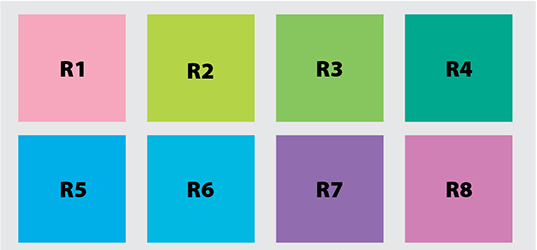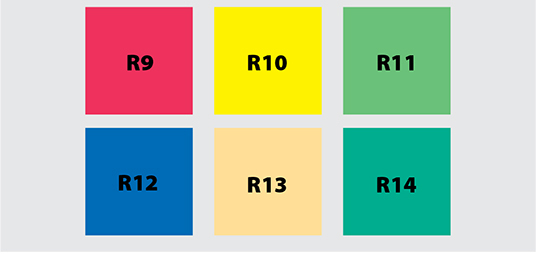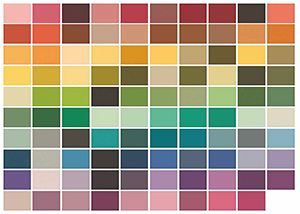Designer Grade LED Strips

OurDesigner LED Strips have been specifically designed for the light industry's most demanding customers. Featuring advanced phosphors, these LED strips boast CRI's>95, and are binned to 2 or 3 step McAdam Ellipses, they also feature high color fidelity scores (TM-30). These LED strips are best suited for applications where color really matters! High CRI lighting is ideal for retail stores, museums, art galleries, and grocery stores. In retail applications they can make goods on shelves pop, attracting more customers. In art galleries and museums, high CRI lighting is uncompromisable, lower CRI lighting will diminish the appearance of an artifact or art piece. In grocery stores, often illuminated with low CRI lighting, fruits can appear to be discolored and uninviting; therefore most grocery stores will add high CRI lighting in their produce sections to attract more customers and increase sales and traffic in the produce sections.
COLOR RENDERING BACKGROUND
For many years,color rendering: the ability of a light source to accurately render colors, was a shortfall of LED technology. Color rendering is widely measured using the Color Rendering Index (CRI),which ranks a light source ability to render colors on a scale of 1-100, where 100 is the best possible color rendering. The Color Rendering Index qualifies a light's color rendering ability by using its spectral power distribution and analyzing its ability to render (8) colors R1-R8. The values, each ranked from 1-100, are averaged to obtain the final CRI of a light source. This system, however, developed in the 1960's has many shortcomings. Testing a light source's ability to render only 8 colors is wholly inadequate for today's advanced lighting needs. Therefore, in the mid/late 2000s the industry made slight improvements by adding a supplemental palette of 6 additional colors (R9-R14). Eventually even these 14 colors became inadequate for the most demanding lighting needs, so in 2015, the IES made an entirely new recommendation for testing a light source's ability to render colors: TM-30-15. TM-30, now called the color fidelity test, uses the spectral power distribution of a light source and tests it against a color palette of 99 colors!
 Color Palette Analyzed Traditional CRI Score:
Color Palette Analyzed Traditional CRI Score:
The average of these scores make up the traditional Color Rendering Index score.
 Supplemental Color Rendering Palette:
Supplemental Color Rendering Palette:
The color rendering scores of these (6) colors is usually referenced by lighting manufacturers to supplement the traditional CRI score of a light source. R9 analyzes a light's ability to render red hues, R13 is an important hue for photography and cinematography, its tests a light's ability to accurately render skin tones.
 TM-30 Color Palette:
TM-30 Color Palette:
In 2015 the IES issued TM-30 for testing a lights color fidelity. The spectral power distribution of a light source is tested against these 99 colors. This color fidelity test is far more thorough than the traditional methods and is now widely accepted as the best test of a light source's ability to render colors. Unfortunately the industry has been slow to adapt this method.
